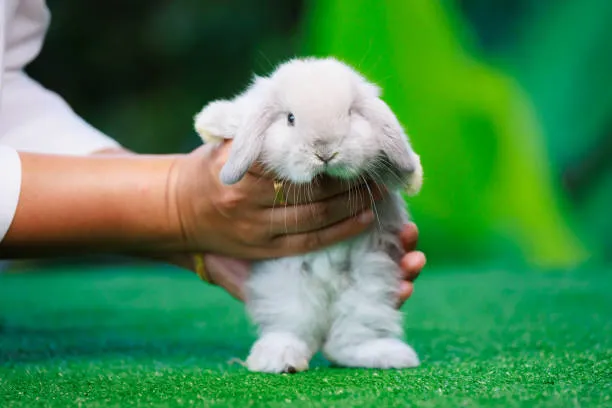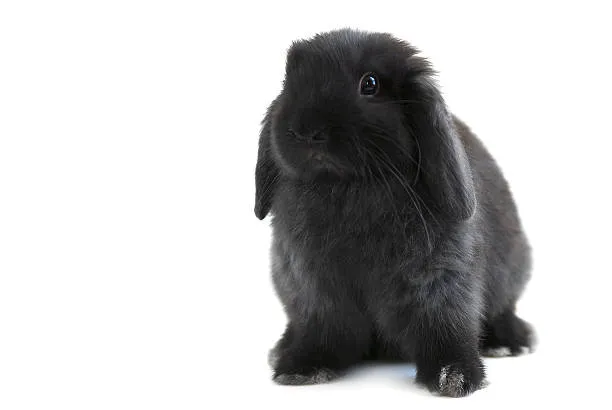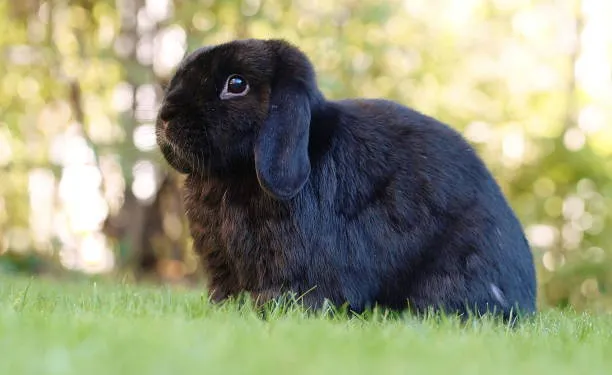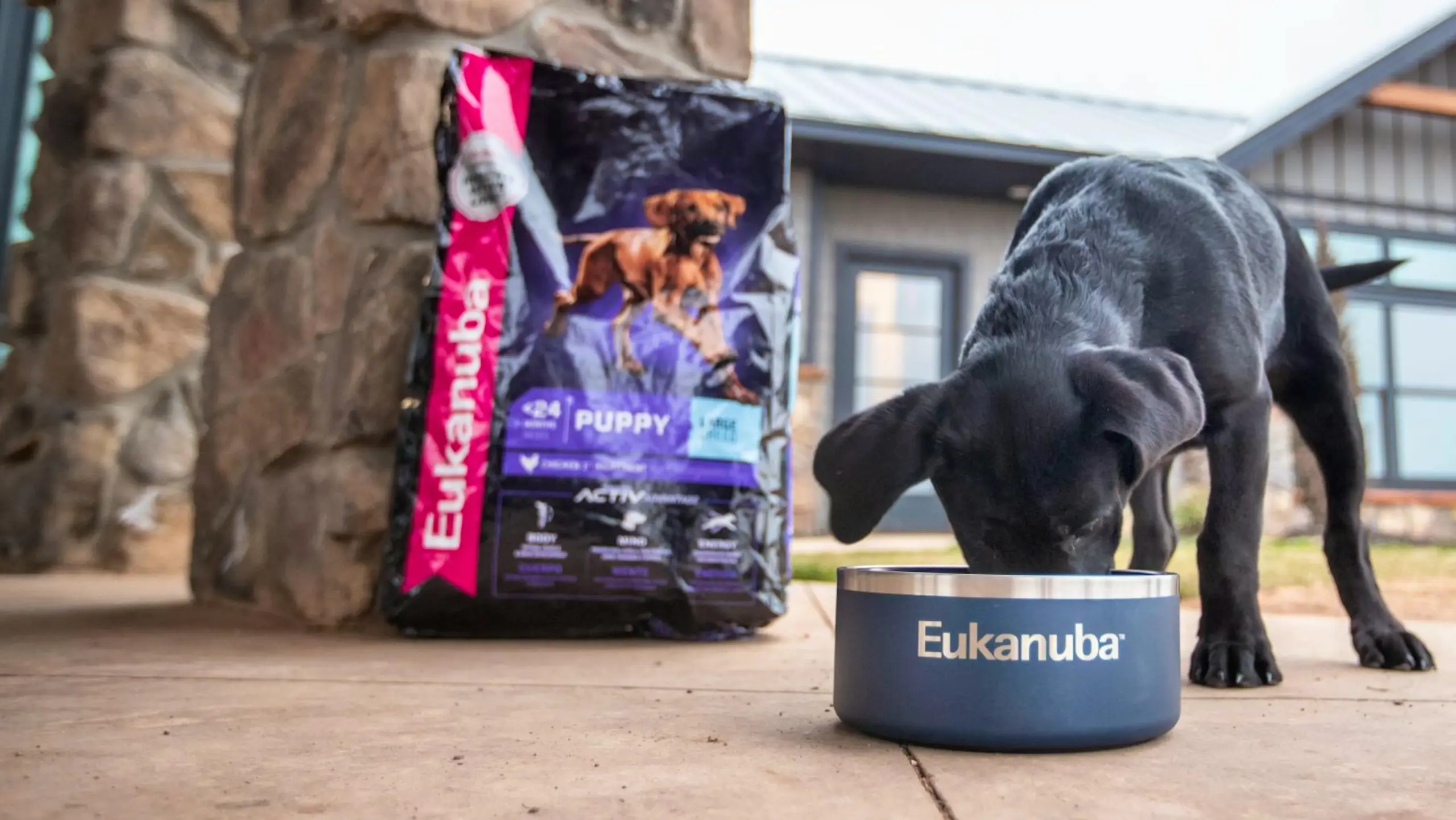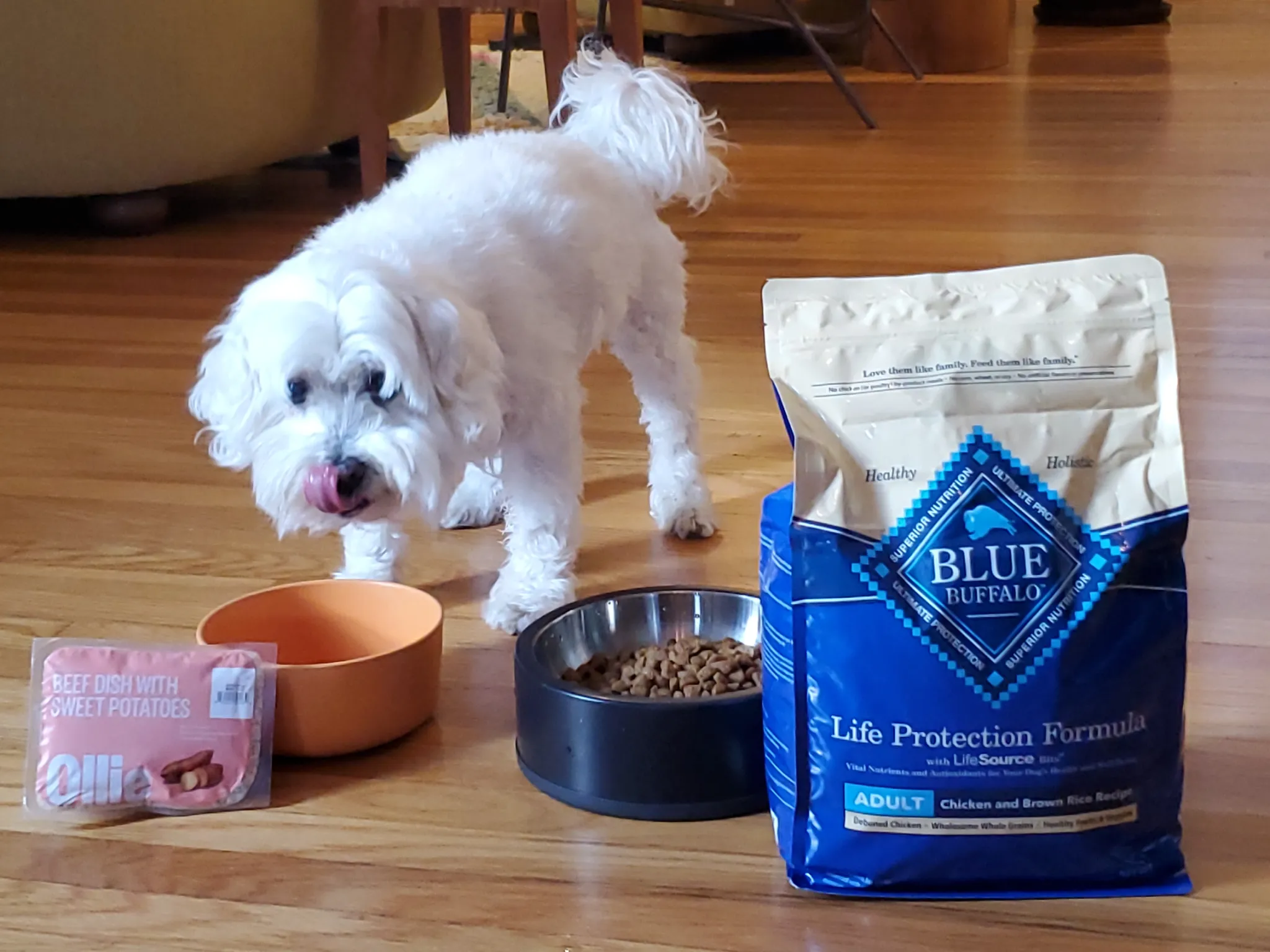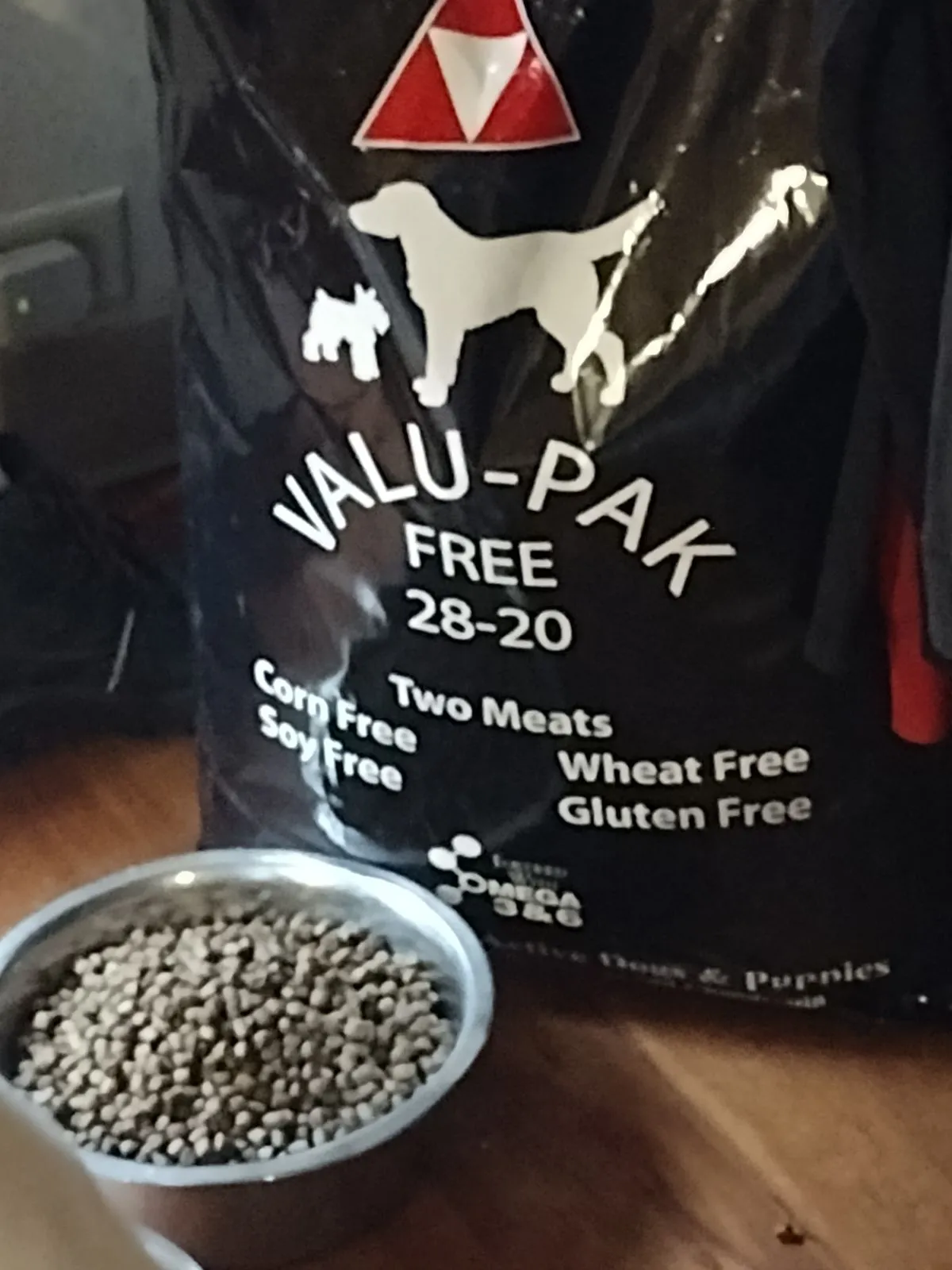The Holland Lop is a tiny rabbit with a large personality. Identified by its irresistibly lopped ears, small body, and pleasant nature, the Holland Lop is one of the most beloved rabbits across the globe.
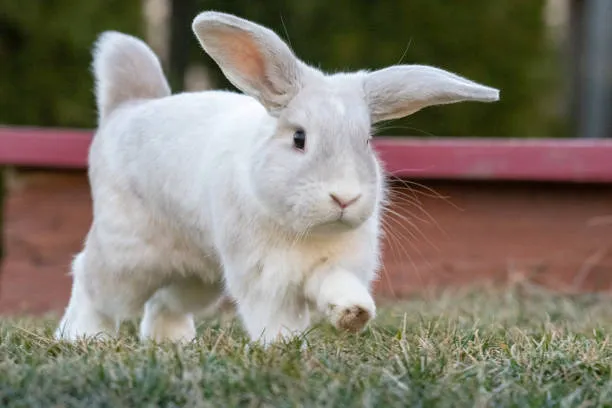
As an established pet owner or one who is just starting with rabbits, the Holland Lop’s blend of friendliness and charm makes it an unbeatable companion.
This diminutive-sized rabbit has captured hearts for generations, not only because of its cuddly looks but also because it is an easy-care bunny and friendly to be around. Holland Lops thrive in both urban apartment environments and rural backyard settings.
Their affectionate temperament and compact size make them particularly perfect for families, children, seniors, and the just-busy who desire an easy-maintenance pet with lots of personality.
History of the Holland Lop Breed
Holland Lop originated in the Netherlands in the 1950s. A Dutch breeder, Adriann de Cock, started a breeding program for a dwarf French Lop, which is much larger than the Holland Lop breed. De Cock crossed a French Lop with a Netherland Dwarf and then crossed in English Lop lines to obtain the desired earset.
This was a long process and took some generations of selective breeding to reach the stabilised ideal size, temperament, and traits.
By 1964, the breed was officially established in the Netherlands. Other European countries became interested in the breed, and by 1979, Holland Lop had also been accepted by the American Rabbit Breeders Association (ARBA).
The breed gained popularity and has since become among the most popular rabbit breeds to be shown and kept as pets in the United States and around the world.
Holland Lop Physical Traits and Distinctive Features
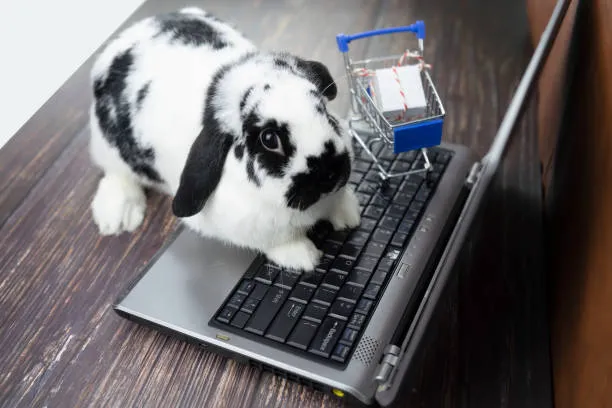
The Holland Lop is a compact rabbit that typically weighs between 2 and 4 pounds when full-grown. It has a short, muscular physique with a broad chest and chunky legs, giving it a solid and plush overall appearance. The face is round and expressive, with a short, level nose that completes its adorable appearance.
Among its most notable features are the ears that are lopped, i.e., drop to the sides of the head and have thick, hairy, and rounded tips.
This breed has a thick, soft coat with a rollback feel. If you brush the fur in reverse to the growth, it returns to its original spot very softly, so grooming can be a pleasant time for the owner and for the rabbit.
Holland Lops come in a very wide range of colours and patterns, including solid colours of black, blue, and white, and broken patterns, including white and another colour.
Their tiny size and cute appearance have a tendency to bring to mind comparisons with stuffed animals, yet hiding behind this is an active and intelligent beast that thrives on attention and friendship.
Why Holland Lops Make Great Pets?
The Holland Lop has all that anyone would desire in a pet animal. It is small enough to be handled in any home, gentle enough for anyone, and affectionate enough to become attached to its owners in tangible ways.
Their soft fur, charming faces, and meek tempers have led them to be among the most popular rabbit breeds in the world.
Whether you desire a cuddly lap companion, an energetic adventurer, or a show ring champion, the Holland Lop provides you with just the perfect combination of appearance, charm, and personality.
With appropriate surroundings, care, and affection, your Holland Lop will be your companion and source of delight for many years to come.
Personality and Behaviour in Domestic Settings

Holland Lop is friendly, outgoing, and laid-back. Since rabbit temperaments vary from one to another, most Holland Lops are friendly, loving, and keen to socialise with humans. They enjoy being held and petted, and many even initiate their owners for cuddling or playing.
These are naturally inquisitive rabbits. They love to explore their environment and are continually investigating the house, dashing round corners, sniffing the furniture, or bumping softly into people for a cuddle.
They are very bold and assertive, even for their small size, and tend to be independent while still being strongly attached to their carers.
Holland Lops are also quiet and friendly pets and make good-behaved pets. They hardly bite or scratch unless they are threatened or frightened.
When treated gently and consistently, they display trust and affection and are excellent pets for children or elderly individuals.
Having a Comfortable Living Environment
In order to keep a Holland Lop as a happy and healthy rabbit, they needs to be provided with a safe, clean, and spacious area to live. Indoors or outdoors, the rabbits need adequate space to move, stretch, and express natural behaviours.
A pen or enclosure indoors needs to be four times bigger than the rabbit itself, with adequate vertical space to enable them to stand on their hind legs.
The floor of the enclosure should be covered with a soft, non-slip bedding material such as paper-based litter or straw. Wire floors should be avoided because they can be painful or harmful to the sensitive footpads of the rabbit.
Inside the enclosure, there should be a sleeping area, litter box, water and food bowls, and chew-safe toys for enrichment.
While Holland Lops can live in cages, they are grateful for monitored periods of free-roaming. Allowing your bunny a few hours daily of free-roaming around rabbit-proofed areas of your house stimulates mental activity and body exercise. Place wires, plants, and toxic things beyond their reach to create a safe play environment.
Grooming, Hygiene, and Routine Maintenance
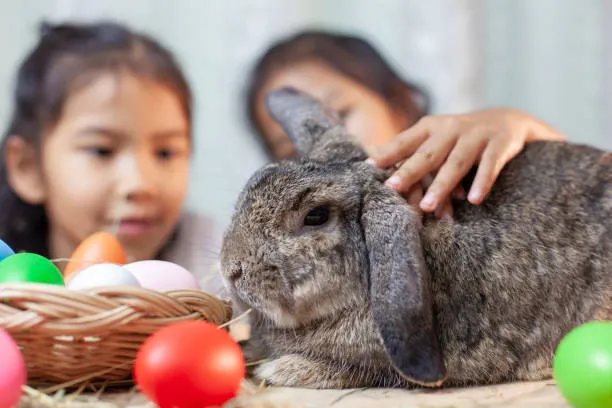
Even though they are low-maintenance, Holland Lops require brushing and hygiene care regularly. Their thick fur has to be brushed every week or fortnight to remove loose hair and avoid hairballs. During shedding periods in spring and fall, more frequent visits might be necessary.
Because rabbits groom constantly, it is necessary to monitor their coats and ensure they are not ingesting too much of their hair, which would lead to digestive system obstructions.
Unlike a cat or dog, rabbits must never be bathed because it would lead to stress and hypothermia. Spot cleaning with a damp cloth and gentle grooming is sufficient.
Nail clipping is another significant part of maintenance. Ingrown nails are painful or harmful and need to be clipped once every few weeks. Regular checks on ears, eyes, and teeth are also advised for the early detection of infection or dental issues.
Basic Diet for Health and Happiness
A healthy diet is needed to maintain the health of the Holland Lop. Hay is the foundation of their diet, and they must be provided with it in unlimited quantities.
Timothy hay is the most commonly suggested type, but orchard grass or meadow hay can be provided as an occasional variation. Hay helps to digest food and helps to wear down the rabbit’s constantly growing teeth.
In addition to hay, good rabbit pellets provide necessary vitamins, protein, and fibre. They should be fed in measured quantities based on the size and activity level of the rabbit.
Daily presentation of fresh leafy greens such as romaine lettuce, parsley, and cilantro is necessary to add moisture and dietary diversity to the diet.
Other fruits, like apples, bananas, and berries, can be used every now and then as a treat, but only a little due to their sugar content.
Clean water should always be available, preferably in a spill-proof dish or water bottle that is easy to reach and refill each day.
Social Needs and Mental Enrichment
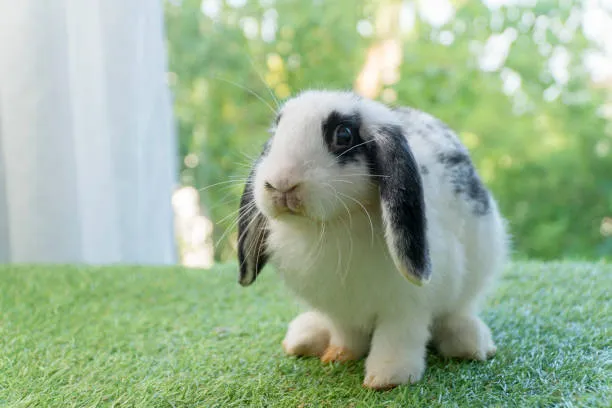
Holland Lops are social animals and need to be kept in environments where they get constant attention and stimulation.
Interaction with the owner every day is important. Simply sitting together quietly, petting, or playing are vital and strengthen the bond between humans and rabbits.
Activities and toys for enrichment are essential in keeping your rabbit’s mind stimulated. Simple toys such as cardboard boxes, wooden blocks, paper rolls, and digging mats mimic rabbits’ natural behaviours. Moving toys around and rearranging their environment can also prevent boredom.
Other owners also like to acquire a bonded pair of Holland Lops, and this can be a good way of providing companionship when the owner is not around. Introducing the rabbits, however, must be achieved gradually and carefully to avoid territorial disputes.
Recognising Health Issues and Vet Care
Holland Lops are generally healthy, but they are prone to certain health issues, primarily dental issues, gastrointestinal illness, and ear infection.
Their brachycephalic skull structure can lead to malocclusion, where the teeth will not fit together correctly. This needs to be checked and, if the case, fixed by a vet.
Gastrointestinal stasis is also a serious issue. If your rabbit ceases to eat, decreases droppings, or is lethargic, it could be an emergency. Your veterinarian must see your rabbit immediately because this can become life-threatening very quickly.
Ear infections also arise due to their lopped ears, which can become plugged with moisture and bacteria. Frequent ear check-ups and clean living conditions ward off infections.
Regularly scheduled visits by vets, vaccinations (if recommended in your area), and parasite control are essential aspects of long-term care.
Lifespan, Commitment, and Adoption
The Holland Lop lives for 7 to 10 years on average, but some live longer if their needs are being met. Taking a rabbit home is a big decision that takes time, money, and attention.
They are not low-maintenance beginner pets, and one must honour their needs and give them attention regularly.
Before taking a Holland Lop in as a pet, it’s important to understand how they are cared for each day, what they eat, their veterinary needs, and how social they will be.
Shelters, rescue organisations, and good breeders are good sources to adopt from. Adopting can also give a loving home to a homeless rabbit.

